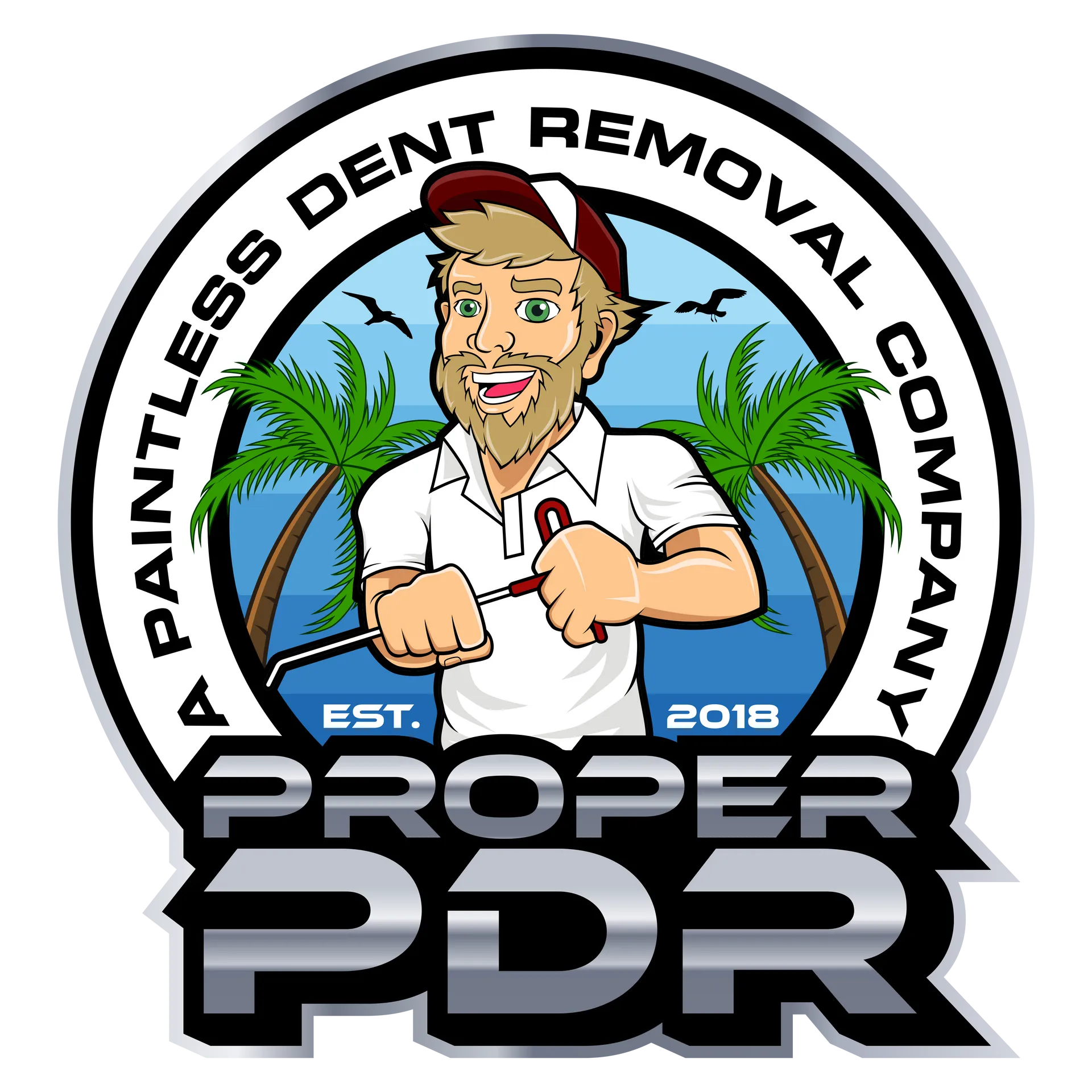
Blog
The Art of Automobile Scratch and Dent Repair
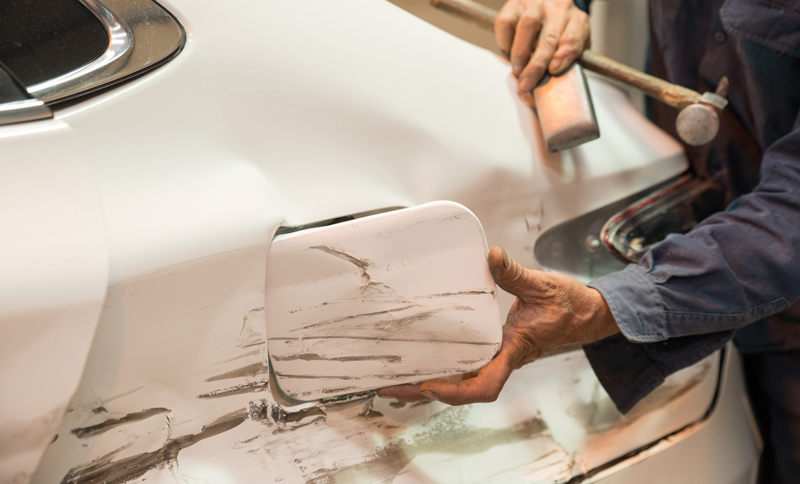
Maintaining the pristine appearance of your vehicle often involves addressing the inevitable wear and tear it encounters on the road or even in the driveway. From minor scuffs to more significant indentations, understanding the intricacies of automobile scratch and dent repair is crucial for preserving both your car’s aesthetic appeal and its long-term value. This guide will walk you through the causes of damage, how to assess it, and the professional solutions available to restore your vehicle to its former glory.
Understanding the Causes and Types of Auto Damage

Every vehicle, regardless of its age or how meticulously it’s cared for, is susceptible to various forms of damage that necessitate automobile scratch and dent repair. These imperfections aren’t just cosmetic; deep scratches can expose the underlying metal to corrosion, while dents can compromise a panel’s structural integrity or resale value. Common culprits range from the mundane, like shopping cart mishaps in parking lots or door dings from adjacent vehicles, to more impactful events such as minor fender benders, hail storms, or debris flicked up from the road. Even environmental factors play a role; prolonged exposure to harsh sunlight can degrade paint, making it more prone to chipping, and tree sap or bird droppings, if left unaddressed, can etch into the clear coat, creating blemishes that go beyond simple surface dirt.
Beyond these external forces, understanding the types of damage is key to appropriate repair. Scratches vary significantly in depth: a “clear coat scratch” might be minor enough to buff out, only affecting the outermost protective layer. However, a “primer scratch” or “paint scratch” penetrates deeper, exposing the colored paint layer, while a “metal scratch” reaches the car’s bare body, demanding immediate attention to prevent rust. Dents also come in a spectrum of severity, from small, shallow “door dings” or “hail damage” that haven’t creased the metal or chipped the paint, to larger, more complex “creased dents” or those involving significant paint damage that require extensive bodywork. My personal observation suggests that many vehicle owners underestimate the importance of addressing even minor damage promptly; a small chip can quickly become a rust spot, illustrating that prevention and timely, accurate automobile scratch and dent repair are always preferable to belated, costly interventions.
Assessing the Extent of Damage and Deciding on Repair Options
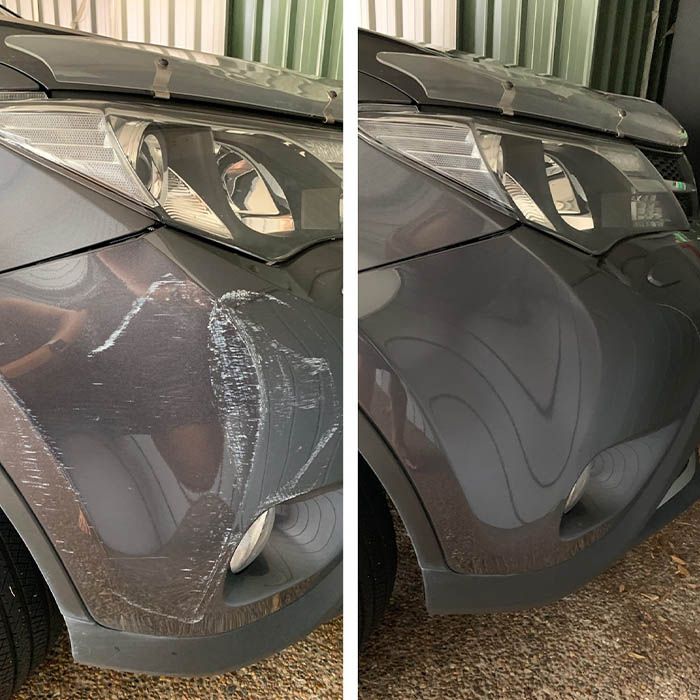
Once damage occurs, a thorough assessment is the critical next step before embarking on any automobile scratch and dent repair. This isn’t merely about glancing at the affected area; it involves a careful evaluation of the depth of scratches, the complexity of dents, and whether the paint has been compromised. For scratches, running a fingernail over the affected area can offer a simple but effective test: if your nail catches, it’s likely beyond a simple buff-out and requires more targeted repair. For dents, inspecting the metal for creases or stretched areas helps determine if a paintless repair is feasible or if traditional bodywork, which involves filling and repainting, will be necessary. Factors like the location of the damage, its proximity to panel edges, and the type of metal (e.g., aluminum vs. steel) can all influence the repair methodology and expected outcome. Often, what appears to be a trivial ding can hide underlying stresses in the panel, which only a professional eye can accurately diagnose. This initial assessment often represents the most crucial phase, as an incorrect diagnosis can lead to wasted effort or choosing an ineffective repair method.
Deciding on the optimal automobile scratch and dent repair option hinges on several considerations: the extent of the damage, your budget, and your desired outcome. For shallow dents without paint damage, Paintless Dent Repair (PDR) is often the preferred method. This technique involves carefully massaging the metal back into its original form from behind the panel, preserving the factory paint finish and offering a quicker, more cost-effective solution. For deeper scratches or dents where the paint is chipped or the metal is creased, traditional body shop methods become necessary. This typically involves sanding, applying body filler, meticulously sanding again, priming, color-matching, and finally repainting and clear-coating the affected area to seamless perfection. Personal insights suggest that while DIY kits for minor scratches are tempting, achieving a professional, long-lasting finish often requires the specialized tools, expertise, and nuanced color-matching abilities that only an experienced technician possesses. Furthermore, considering your vehicle’s value and whether to involve your insurance company are important financial considerations that demand careful thought before making a final decision on the repair path.
Conclusion
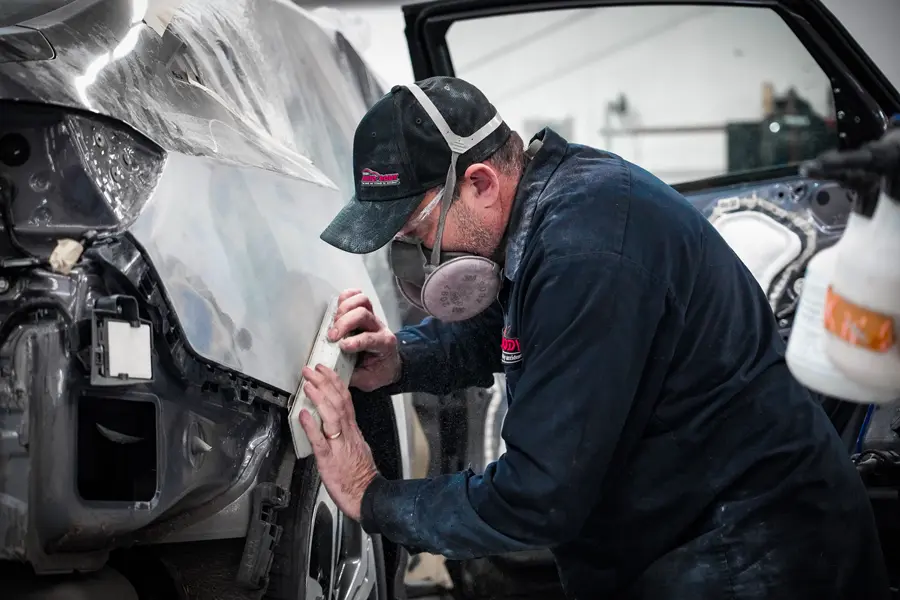
Navigating the world of automobile scratch and dent repair can seem daunting, but by understanding the common causes of damage, accurately assessing its extent, and exploring the various professional repair options, vehicle owners can make informed decisions. From minor clear coat blemishes to significant panel deformations, the evolution of repair techniques offers solutions that can restore your vehicle’s aesthetic integrity and protect its long-term value. Opting for professional expertise ensures not only a flawless finish but also peace of mind, knowing your investment is in skilled hands.
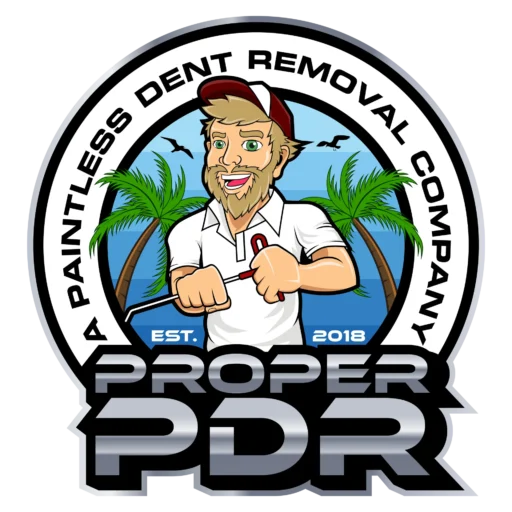
At Proper PDR specializes in mobile Paintless Dent Repair (PDR) and Paintless Dent Removal in Irvine, Trabuco Canyon, Newport Beach, Laguna Niguel, Aliso Viejo, and Dana Point. With years of experience, we ensure every dent is meticulously removed while preserving your vehicle’s factory finish. Trust Proper PDR for top-tier dent repair and exceptional service.
